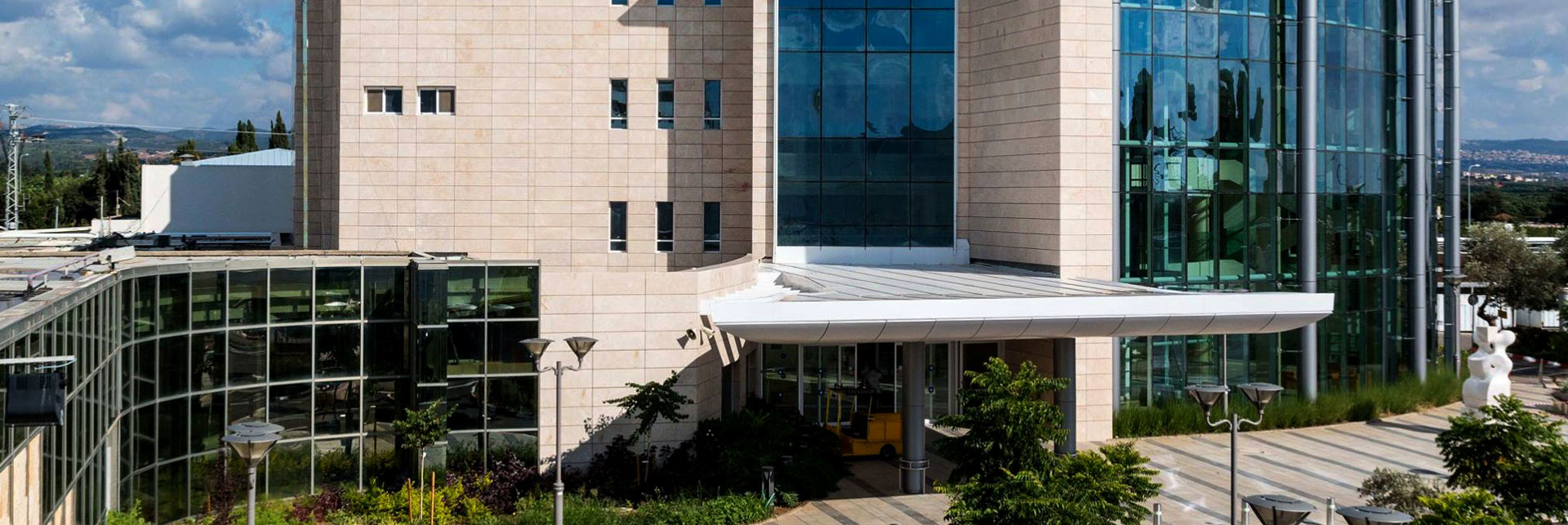History of the Medical Center
THE HOSPITAL’S HISTORY
The UN General Assembly’s decision to establish a Jewish state on part of the
However, the subject of childbirth was very developed, and due to the siege, a decision was made by Dr. Biate Davidson Abrahamov, who was pregnant at the time, and Dr. Edmond Winfeld, who was the only doctor for the entire Western Galilee, working half time for Klalit Healthcare Services - to improvise a maternity ward at a pension located above the Nahariya shore.
While the siege continued, the Haganah command set up a surgical department in another pension on Nahariya’s
This department was known as the Military Hospital No. 3 which was in operation until the end of the War of Independence and treated many casualties. At the end of the war, the army intended to close the hospital, but the Nahariya residents opposed this vehemently. In a settlement reached by Council Head, Gershon Tach with the IDF, the hospital was transferred to the council, including its equipment and buildings.
In 1950, Dr. Haim
In 1957, the Ministry of Healthy assumed responsibility for maintenance of the hospital in Nahariya and turned it into a government hospital. The MALBEN departments were gradually reduced, and on 10.6.1962, the institution was transferred in its entirety to the Ministry of Health.
In 1967, the hospital was put on alert, as were all of
The hospital continued to develop and grow, and additional services were established such as neurology, urology and orthopedic departments, a neonatal unit and a child development institute, etc.
During the Yom Kippur War, the hospital was put on immediate alert. Departments were evacuated, special sites were prepared to receive casualties and doctors were recruited to replace those who were called up to fight.
In 1974, terrorists attacked an elementary school in Ma’alot and the casualties were transferred the hospital in Nahariya. This was the first multi-casualty incident to be handled not only by the hospital but by the entire health system. Since that time, Nahariya and the
Alongside these work procedures and with the establishment of the new surgical win in 2003, a subterranean hospitalization compound, the first of its kind in
The hospital invests enormous efforts in immigrant absorption and activity with Diaspora Jewry. It was one of the first to offer training courses for nurses of Ethiopian extraction. Courses were also offered to prepare immigrant doctors pass their licensing exams and to learn the Hebrew language. Over the years, the hospital has developed and advanced and it is the leader in many fields.
Since the end of the 1980s, the hospital has adopted the TQM Program for total quality management in all of its departments. In 1996, it was the first and only hospital to be certified by the Israel Standards Institute with ISO 9000 certification. In 1995, it won the Yitzchak Rabin National Award for Quality in the Public Sector, in the health field. In 1996, it won first place in the


